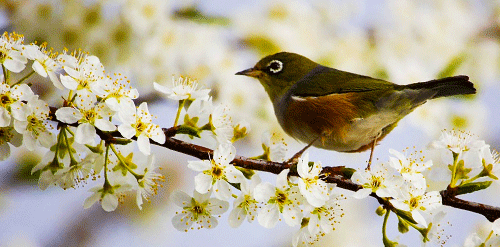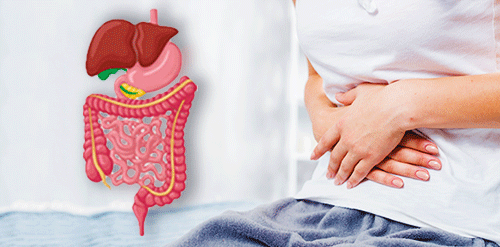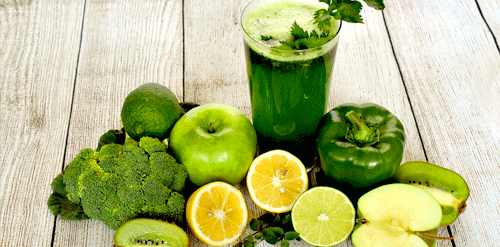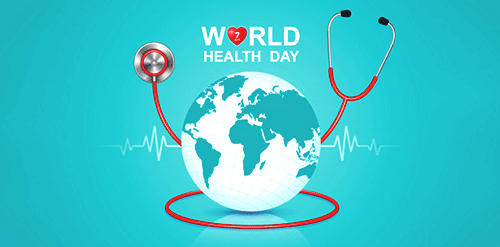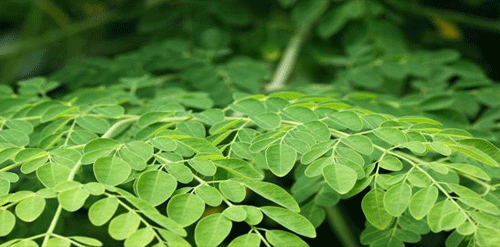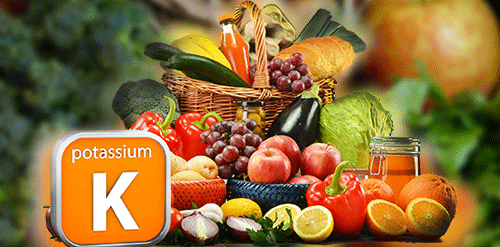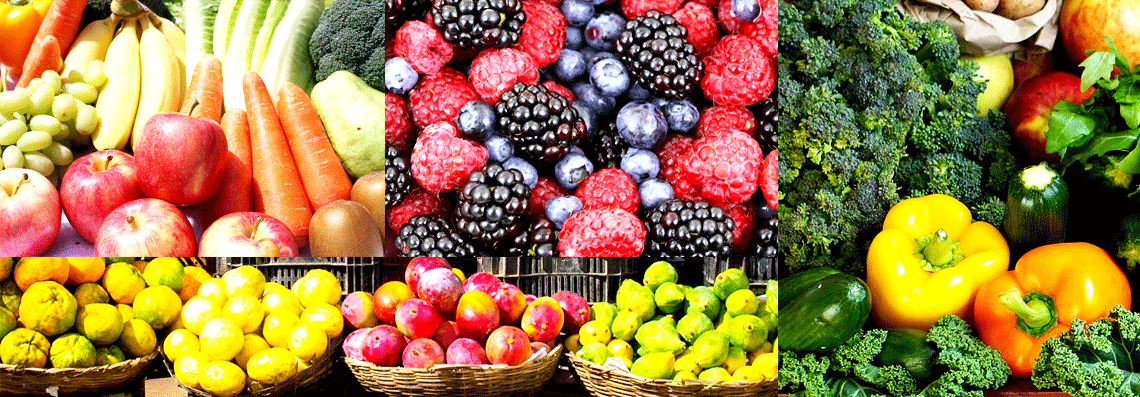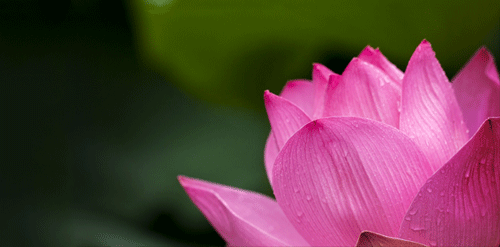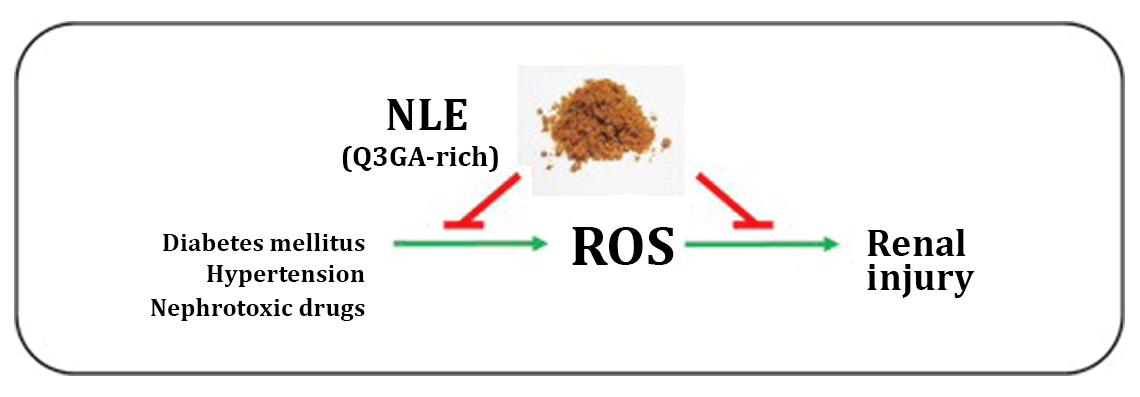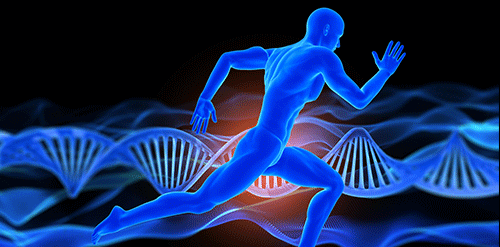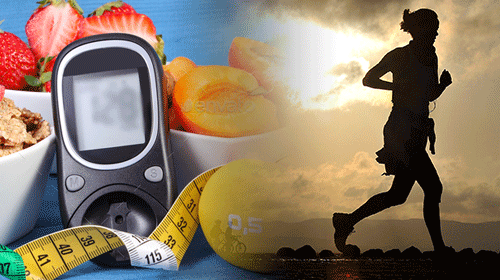Diarrhea is one of the most common health complaints. It can range from a mild, temporary condition, to a potentially life-threatening one.
Globally, an estimated 2 billion cases of diarrheal disease occur each year, and 1.9 million children under the age of 5 years, mostly in developing countries, die from diarrhea.
Diarrhea is characterized by abnormally loose or watery stools.
Some people frequently pass stools, but they are of normal consistency. This is not diarrhea. Similarly, breastfed babies often pass loose, pasty stools. This is normal. It is not diarrhea.
Here are some key points about diarrhea:
Most cases of diarrhea are caused by bacteria, viruses, or parasites.
Inflammatory bowel diseases (IBD) including Crohn's disease and ulcerative colitis can cause chronic diarrhea.
Antidiarrheal medications can reduce diarrheal output and zinc supplement is effective in children.
Some nutritional and probiotic interventions may help prevent diarrhea.
Correcting dehydration is the priority of diarrhea treatment.
Some cases of chronic diarrhea are called "functional" because a clear cause cannot be found. In the developed world, irritable bowel syndrome (IBS) is the most common cause of functional diarrhea.
IBS is a complex of symptoms. There is cramping abdominal pain and altered bowel habits, including diarrhea, constipation, or both.
Inflammatory bowel disease (IBD) is another cause of chronic diarrhea. It is a term used to describe either ulcerative colitis or Crohn's disease. There is often blood in the stool in both conditions.
Other major causes of chronic diarrhea include:
Microscopic colitis: This is a persistent diarrhea that usually affects older adults, often during the night.
Malabsorptive and maldigestive diarrhea: The first is caused by impaired nutrient absorption, the second by impaired digestive function. Celiac disease is one example.
Chronic infections: A history of travel or antibiotic use can be clues to chronic diarrhea. Various bacteria and parasites can be the cause.
Drug-induced diarrhea: Laxatives and other drugs, including antibiotics, can trigger diarrhea.
Endocrine causes: Sometimes hormonal factors cause diarrhea, for example, in the case of Addison disease and carcinoid tumors.
Cancer causes: Neoplastic diarrhea is associated with a number of gut cancers.
Treatment
Persistent or chronic diarrhea will be diagnosed and any underlying causes will be treated in addition to the symptoms of diarrhea.
Rehydration
For all cases of diarrhea, rehydration is key:
Fluids can be replaced by simply drinking more fluids, or they can be received intravenously in severe cases. Children and older people are more vulnerable to dehydration.
Oral rehydration products, such as Oralyte and Rehydralyte, are available commercially. Zinc supplementation may reduce the severity and duration of diarrhea in children. Various products are available to purchase online.
Antidiarrheal medication
Over-the-counter (OTC) antidiarrheal medicines are also available:
Loperamide, or Imodium, is an antimotility drug that reduces stool passage. Loperamide and Imodiumare both available to purchase over-the-counter or online.
There is some concern that antidiarrheal medications could prolong bacterial infection by reducing the removal of pathogens through stools.
Antibiotics
Antibiotics are only used to treat diarrhea caused by a bacterial infection. If the cause is a certain medication, switching to another drug might be possible.
Diet
Sip on clear, still liquids such as fruit juice without added sugar.
After each loose stool, replace lost fluids with at least one cup of liquid.
Do most of the drinking between, not during meals.
Consume high-potassium foods and liquids, such as diluted fruit juices, potatoes without the skin, and bananas.
Consume high-sodium foods and liquids, such as broths, soups, sports drinks, and salted crackers.
Other advice from the nutritionists is to:
eat foods high in soluble fiber, such as banana, oatmeal and rice, as these help thicken the stool limit foods that may make diarrhea worse, such as creamy, fried, and sugary foods and drinks that might make the diarrhea worse include:
sugar-free gum, mints, sweet cherries, and prunes caffeinated drinks and medication fructose in high amounts, from fruit juices, grapes, honey, dates, nuts, figs, soft drinks, and prunes lactose in dairy products
magnesium
olestra, or Olean, a fat substitute
Probiotics
There is mixed evidence for the role of probiotics in diarrhea. They may help prevent traveler's diarrhea. In children, there is evidence that they might reduce diarrheal illness by 1 day.
People should ask their doctor for advice, as there are numerous strains. The strain most studied for antibiotic-associated diarrhea are probiotics based on Lactobacillus rhamnosus and Saccharomyces boulardii.
Useful Herbs in the Treatment of Diarrhea
1. Arjuna (Terminalia arjuna)
The bark of the arjuna tree is useful in the treatment of diarrhea. The bark is taken as a decoction in dosages of 15 to 30 grams per day.
2. Babul (Acacia arabica)
The babul tree is very useful in preventing diarrhea. Each part of the babul tree is useful. Its leaves can be taken as a mixed dose with black cumin seeds, its bark can be taken as an infusion with water and even its gum can be taken as a syrup.
3. Bael (Aegle marmelos)
Bael is very effective for the treatment of diarrhea which is not accompanied by fever. The unripe or half-ripe fruit is eaten for best results.
4. Banyan (Ficus benghalensis)
The buds of the banyan trees are the beneficial parts. These must be soaked in water overnight and the infusion must be taken in the morning.
5. Belleric Myrobalan (Terminalia belerica)
Known as bahera in Hindi, this is one of the ingredients of the extremely useful Triphala. The pulp of its fruit is taken to cure most stomach problems, including indigestion and diarrhea.
6. Bishop's Weed (Trachyspermum ammi)
The oil extracted from the seeds of the Bishop's weed is useful in the treatment of diarrhea. Just two to three drops of this oil per dosage is sufficient.
7. Black Nightshade (Solanum nigrum)
Black nightshade leaves are used in the treatment of diarrhea. The leaves are taken in the form of an infusion with the juice of other liquids.
8. Butea (Butea monosperma)
The butea tree yields a gum which is beneficial in the treatment of diarrhea. It is especially useful in women and children that are suffering from diarrhea.
9. Chebulic Myrobalan (Terminalia chebula)
Known as harad in Hindi, it is the second ingredient of Triphala. The pulp of the unripe fruit of this plant is given along with honey for better results.
10. Dill (Anethum sowa)
The oil obtained from the dill is used for the treatment of diarrhea. Dill oil is so mild that it is also an ingredient used in the medicines for treating baby colic.
11. Fenugreek (Trigonella foenum graecum)
Fenugreek seeds are useful in the treatment of digestive problems including diarrhea.
12. Indian Gooseberry (Emblica officinalis)
Known as amalaki in Hindi, this is the third ingredient in the preparation of Triphala. It is the richest source of vitamin C in the world.
Amydio Forte is a fast acting formula with vital plant extracts, herbal distillates & phyto-nutrients from selective ingredients from natural resources which helps in the comprehensive management of Diarrhoea, Dysentery & allied Gastro intestinal disorders. The different plant resources in Amydio Forte, acts synergistically to check over the acute and chronic phase of Diarrhoea, systematically and symptomatically. Amydio Forte is a safe & well tolerated formula for children to elderly and supplements essential electrolytes lost due to excessive fluid loss.



